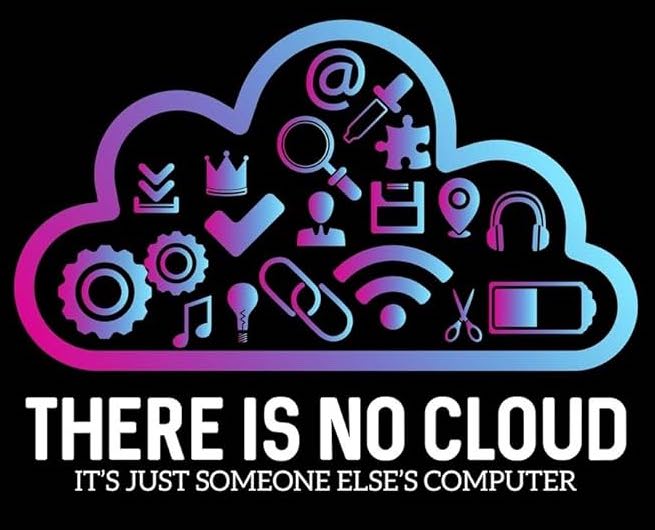Cloud
Cloud computing is a type of computing that delivers hosted services over the internet. These services include servers, storage, databases, networking, software, analytics, and intelligence. Cloud computing allows businesses to consume resources as needed and scale their operations up or down easily.
Cloud computing is based on the concept of resource pooling. This means that cloud providers have large pools of computing resources, such as servers and storage, that they can allocate to customers on an as-needed basis. This allows customers to avoid having to purchase and maintain their own IT infrastructure.
Cloud computing services are typically delivered through a web browser or mobile app. This means that customers can access their cloud-based resources from anywhere with an internet connection.

Benefits
Cloud computing offers a number of benefits, including:
- Agility: Cloud computing can help businesses to be more agile and responsive to change. By providing access to resources on demand, cloud computing allows businesses to quickly scale up or down their operations as needed.
- Cost savings: Cloud computing can help businesses to save money on IT costs. By eliminating the need to purchase and maintain their own IT infrastructure, businesses can reduce their upfront capital costs and ongoing operating expenses.
- Scalability: Cloud computing is highly scalable. This means that businesses can easily add or remove resources as needed, without having to worry about overprovisioning or underprovisioning.
- Reliability: Cloud providers typically offer high levels of reliability and uptime. This is because they have redundant systems and infrastructure in place to ensure that their services are always available.
- Security: Cloud providers typically have a strong focus on security. They offer a variety of security features and services to help protect their customers' data.
Drawbacks
Cloud computing has many benefits, but it also has some drawbacks. These include:
- Security and privacy concerns: Cloud computing providers store customer data on their servers, which means that customers must trust the providers to keep their data secure. There have been a number of high-profile data breaches in recent years, which has raised concerns about the security of cloud computing.
- Vendor lock-in: Once a business has migrated its data and applications to the cloud, it can be difficult and expensive to switch to a different provider. This is known as vendor lock-in.
- Downtime: Cloud computing services are not immune to downtime. If there is a problem with the cloud provider's infrastructure, it can cause outages for customers.
- Cost: Cloud computing can be expensive, especially for businesses that use a lot of resources. It is important to carefully plan and budget for cloud computing costs before migrating to the cloud.
Mitigations
Security and privacy concerns
- Choose a cloud provider with a strong reputation for security.
- Encrypt your data at rest and in transit.
- Use strong passwords and enable multi-factor authentication.
- Implement security controls to restrict access to your data and applications.
- Regularly monitor your cloud environment for security threats.
Vendor lock-in
- Choose a cloud provider that offers a wide range of services and features.
- Use cloud-agnostic tools and services to reduce vendor lock-in.
- Develop a cloud exit strategy in case you need to switch to a different provider.
Downtime
- Use a multi-cloud strategy to distribute your workloads across multiple cloud providers.
- Implement a disaster recovery plan to ensure that your business can continue to operate in the event of a cloud outage.
- Monitor your cloud environment for performance and availability issues.
Cost
- Carefully plan your cloud usage and budget accordingly.
- Use cloud pricing calculators to estimate your costs before migrating to the cloud.
- Consider using reserved instances to save money on long-term cloud usage.
- Monitor your cloud costs and make adjustments as needed.